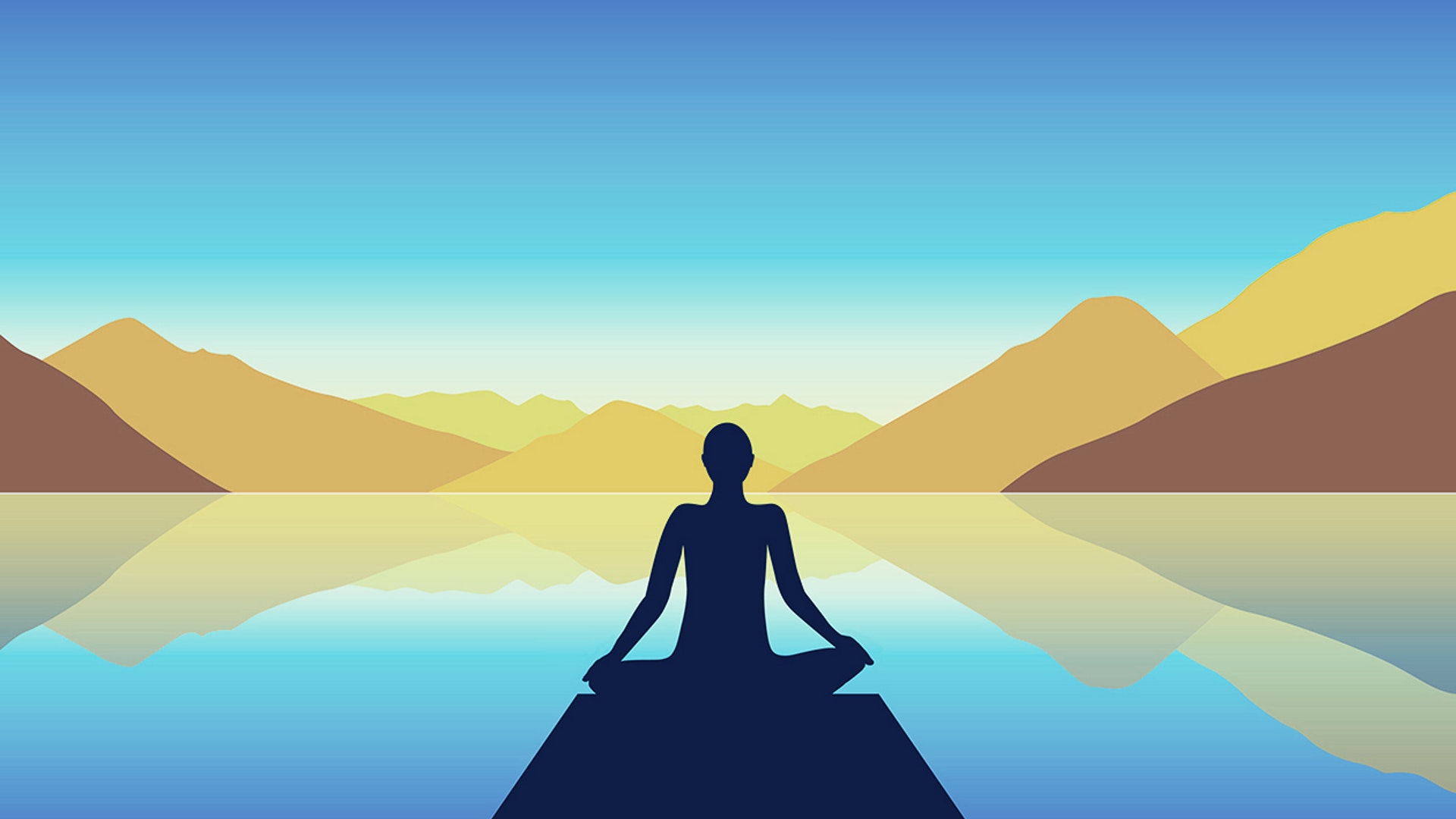
We covered the WHY and the HOW of meditation over the last two weeks of posts. This week we delve into the WHAT. To begin, it may be a good idea to go back to my article from a few months ago about meditation as it relates to the 8 limbed path of yoga. I’d like to expand on that and dispel a few myths about WHAT a stillness practice looks like.
I had two wonderful conversations in the midst of creating all this content about mindfulness and they happened at the absolute perfect time. I have a lot to say (clearly), but I also really want to talk about things that matter to other people. Things people are interested in, maybe have questions or misconceptions about. These conversations were sparked by a few of my posts early on in the month and it helped guide me to create content and share information that I hope is relevant for the masses!
First off, I intentionally did not use the word meditation anywhere in the event description of the upcoming 10 Days of Mindfulness Series. That word can definitely be triggering for some people. Many people have an idea in their head about what they *think* it is, and have an aversion to the concept without really understanding its full breadth or potential.
When you hear the word meditation, what comes to mind? It’s okay, take a moment and conjure up whatever image just popped up in your head. Let whatever words or phrases that flittered to the surface sink in. I asked this intentionally on social media early on this month to help me decide what the most common perceptions and maybe misconceptions were about meditation. The feedback I heard most often regarding meditation is that stillness is hard:
- I can’t sit still for that long
- It’s uncomfortable to sit in X position for so long
- It’s too hard to be still
- My mind is too busy to be still
Yup. It’s hard to sit in stillness for many reasons. It’s hard for our minds to be still.
No one said this was going to be easy. BUT you can do things to make it a little less frustrating. It doesn’t have to be as hard as you are making it out to be!
I think one of the biggest things that I’ve learned on this journey to understanding yoga, is that meditation can take many forms. For me, as a student and as a teacher, there are no hard and fast rules about what it looks like or how to do it. I know, strange words from a type A, rule follower, but it’s true.
It’s okay to move your body during a “stillness” practice!
I think stillness is really challenging for a lot of people, daunting even. Being still for any length of time can be uncomfortable physically in the body. We fidget, we adjust, we want to wipe a hair or bug off of our face, etc. It can also be uncomfortable to sit with the thoughts/feelings/emotions that come up while we are trying to be still and quiet our minds.
A friend reached out and shared this article with me recently (Ideas for a moving meditation) and expressed a pretty strong aversion to any sort of stillness practice. My recommendation was that she should find ways to be completely focused and aware of her breath while MOVING.
I know I’ve mentioned this idea in a previous post (Meditation), but any type of physical activity that requires your full attention, focus, and concentration can be done mindfully and perhaps be considered meditative (lifting heavy weights, a physically challenging yoga class, swimming while focusing on your own rhythmic breathing and perhaps counting the laps).
For me personally, my physical yoga practice is one that allows me to have a moving meditation. I practice a set (memorized) sequence and I’ve done it for so long that my body knows where it’s headed. I’m not listening to a recording or looking up at a screen. I’m not thinking about what the next pose should be, or making choices about what to work on. When I get to each posture and hold it for 5 breaths I can draw my attention immediately to the inhales and exhales. I can work to slow them down and stay in the present moment.
Similarly if you are focused on a difficult posture, let’s say a balancing pose, it’s pretty hard to have any wandering thoughts other than keeping your mind centered and concentrating on not falling down. That process is certainly the beginnings of meditation. Letting the mind be still.
Sit, Stand or Lie Down!
As Sri K Pattabhi Jois said, “When the mind is quiet, the asana is correct.”
What does that mean? It means it doesn’t matter what physical shape your body is expressing outwardly. If you find a posture/position/seat that allows your mind to be still — then do that!
You don’t have to sit in full lotus on your yoga mat with your hands resting on your thighs to find stillness. Sit quietly in your car. Lie down on your yoga mat. Sit on a couch or chair with full support for your back.
Find any position that you can maintain for a few minutes that allows you to be comfortable enough that you won’t want to move, but active enough that you won’t fall asleep. This might be a fine line for some of you, and if you do happen to fall asleep while meditating, just take note of that and perhaps try a different position the next time.
Find Stillness THROUGH Motion
Yogas-citta-vrtti-nirodhah (Patanjali’s Yoga Sutras 1.2): The practice of yoga quiets the fluctuations of the mind.
Our minds are BUSY right? Always flittering from one thought to the next. Seemingly uncontrollably. But, the practice of yoga can help us to quiet those fluctuations, find stillness in our minds so that we can see more clearly. Remember that the practice of yoga (with its intended purpose of quieting the mind) includes all 8 limbs. So, yes, you could go straight to literal stillness and meditation, OR you can find a way to move your body mindfully (maybe an asana class or another activity that involves movement) that allows your mind to work towards stillness — even if your body is in motion. Prepare your body for stillness by finding movement first OR move mindfully in a way that allows your thoughts to subside and your mind to be still. That IS the practice of yoga.


